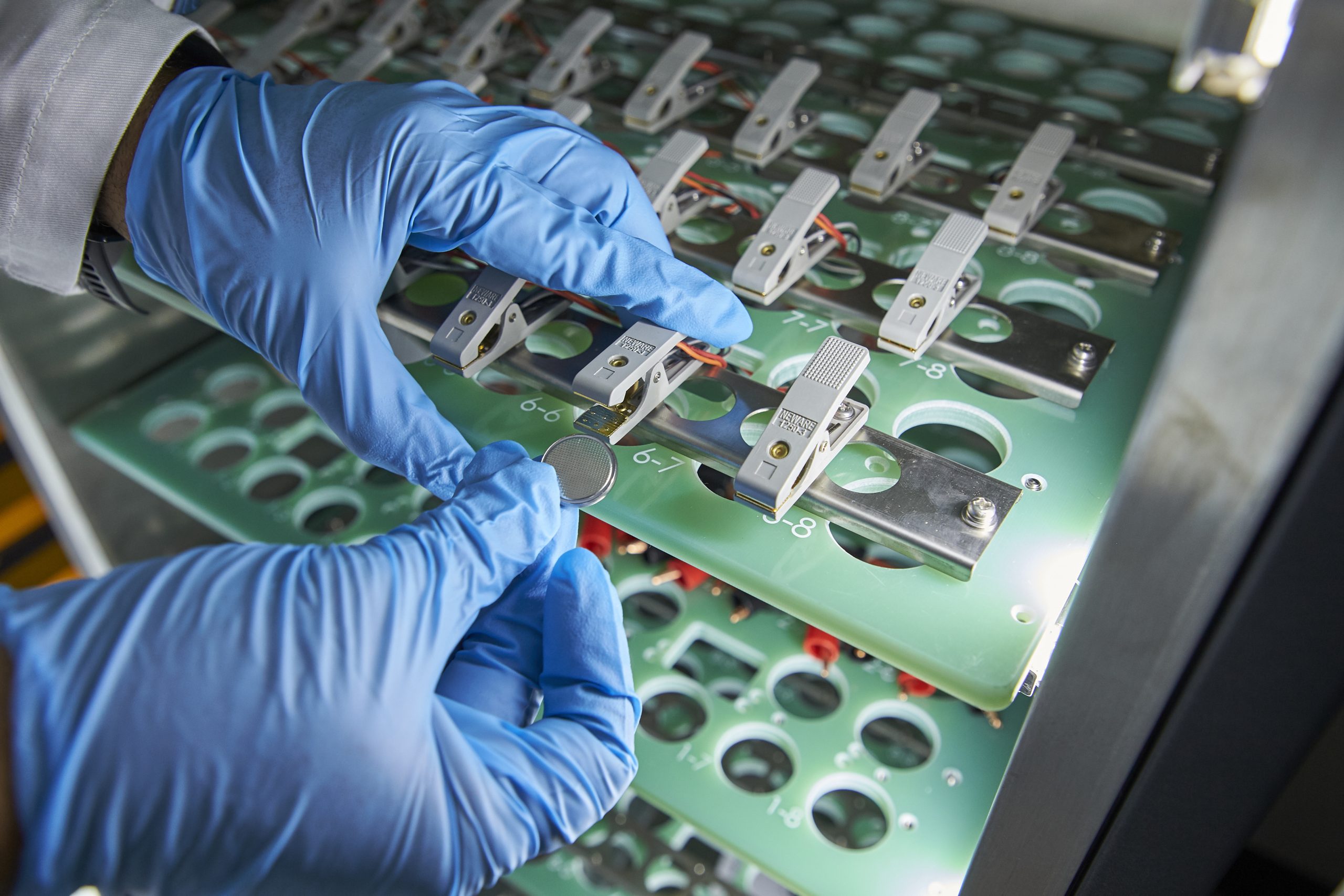Our team at Bibra Lake, is leading the way in innovation and sustainable production of lithium hydroxide by finding ways to re-purpose our non-lithium co-products into materials that can be used in other industries. This includes Tianqi Aluminosilicate (TAS), Gyplime, and Sodium Sulphate.




